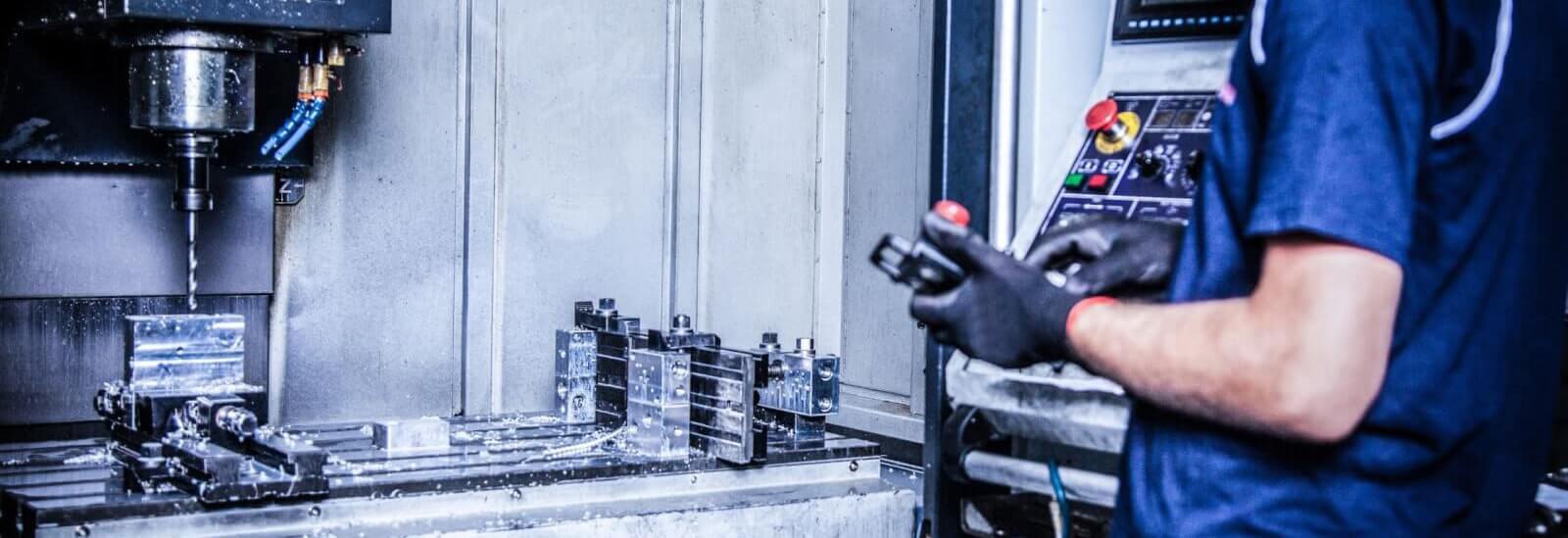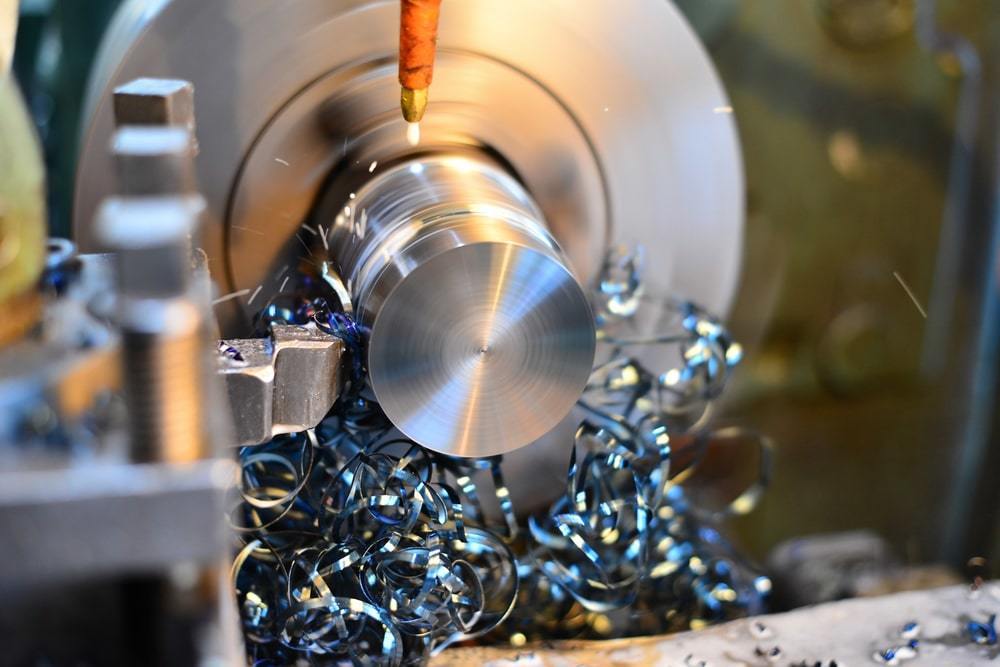Fasteners and Machining: Streamlining the Manufacturing Process
Fasteners and Machining: Streamlining the Manufacturing Process
Blog Article
Navigating the Globe of Fasteners and Machining: Strategies for Accuracy and Speed
In the complex world of fasteners and machining, the quest for precision and speed is a perpetual challenge that demands precise interest to detail and critical preparation. From recognizing the diverse range of fastener types to selecting ideal materials that can hold up against extensive needs, each step in the procedure plays a pivotal role in achieving the preferred result.
Understanding Fastener Types
When selecting bolts for a project, comprehending the numerous types readily available is vital for guaranteeing optimal performance and integrity. Bolts are utilized with nuts to hold materials with each other, while screws are versatile fasteners that can be made use of with or without a nut, depending on the application. Washers are necessary for dispersing the tons of the bolt and stopping damage to the product being secured.
Picking the Right Materials
Comprehending the significance of selecting the right products is critical in making certain the ideal efficiency and reliability of the selected bolt types discussed formerly. When it pertains to fasteners and machining applications, the product option plays a critical function in establishing the overall toughness, sturdiness, corrosion resistance, and compatibility with the intended atmosphere. Different products provide varying residential properties that can significantly influence the efficiency of the bolts.
Typical materials used for fasteners include steel, stainless steel, aluminum, titanium, and brass, each having its unique strengths and weaknesses. Steel is renowned for its high stamina and longevity, making it suitable for a vast array of applications. Stainless steel supplies excellent deterioration resistance, suitable for settings prone to moisture and chemicals. Aluminum is light-weight and corrosion-resistant, making it appropriate for applications where weight reduction is vital. Brass is typically chosen for its aesthetic appeal and superb conductivity. Titanium is recognized for its remarkable strength-to-weight proportion, making it excellent for high-performance applications. Picking the best material entails thinking about elements such as strength needs, environmental conditions, and spending plan constraints to make sure the preferred efficiency and durability of the fasteners.
Precision Machining Techniques

In enhancement to CNC machining, other precision methods like grinding, turning, milling, and drilling play essential functions in bolt manufacturing. Grinding helps accomplish great surface coatings and tight dimensional resistances, while transforming is commonly used to develop cylindrical parts with exact sizes. Milling and drilling procedures are vital for shaping and developing openings in fasteners, ensuring they fulfill specific specifications and feature appropriately.
Enhancing Speed and Effectiveness
To enhance bolt manufacturing processes, it is vital to streamline operations and carry out effective strategies that enhance precision machining techniques. Automated systems can take care of repeated jobs with accuracy and speed, permitting workers to concentrate on even more complex and value-added tasks. By integrating these strategies, manufacturers can attain a balance in between speed and accuracy, eventually enhancing their affordable side in the fastener market.
Top Quality Control Actions
Implementing rigorous top quality control actions is critical in ensuring the reliability and uniformity of bolt items in the production process. Fasteners and Machining. Quality control steps encompass numerous phases, starting from the option of raw products to the final evaluation of the finished fasteners. This involves assessing factors such as product longevity, make-up, and toughness to ensure that the fasteners meet sector criteria.
Regular calibration of equipment and equipment is necessary to keep uniformity in manufacturing and make sure that fasteners fulfill the needed resistances. Carrying out rigorous protocols for recognizing and addressing problems or non-conformities is vital in link protecting against substandard products from getting in the marketplace. By establishing a detailed quality assurance structure, makers can support the reputation of their brand name and deliver bolts that fulfill the highest possible requirements of efficiency and toughness.
Final Thought

In the detailed world of bolts and machining, the quest for accuracy and rate is a continuous obstacle that requires meticulous attention to detail and strategic planning. When it comes to fasteners and machining applications, the material selection plays an essential role in identifying the general strength, resilience, rust resistance, and compatibility with the intended environment. Accuracy machining entails numerous sophisticated techniques that guarantee the tight tolerances and specifications needed for bolts.In enhancement to CNC machining, various other accuracy techniques like grinding, turning, milling, and exploration play essential duties in bolt production.To enhance fastener production procedures, it check over here is necessary to simplify procedures and carry out reliable methods that their explanation match accuracy machining methods.
Report this page